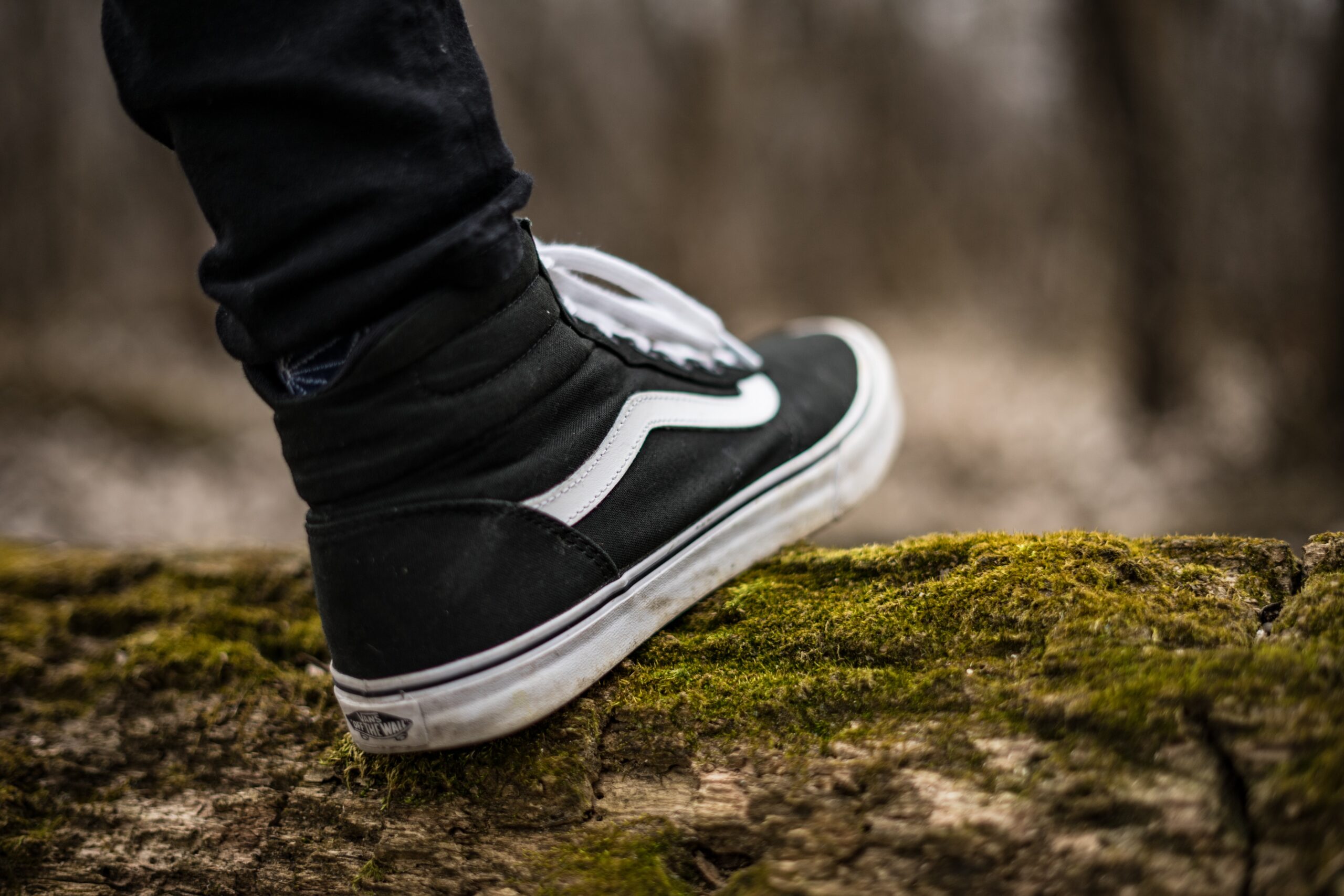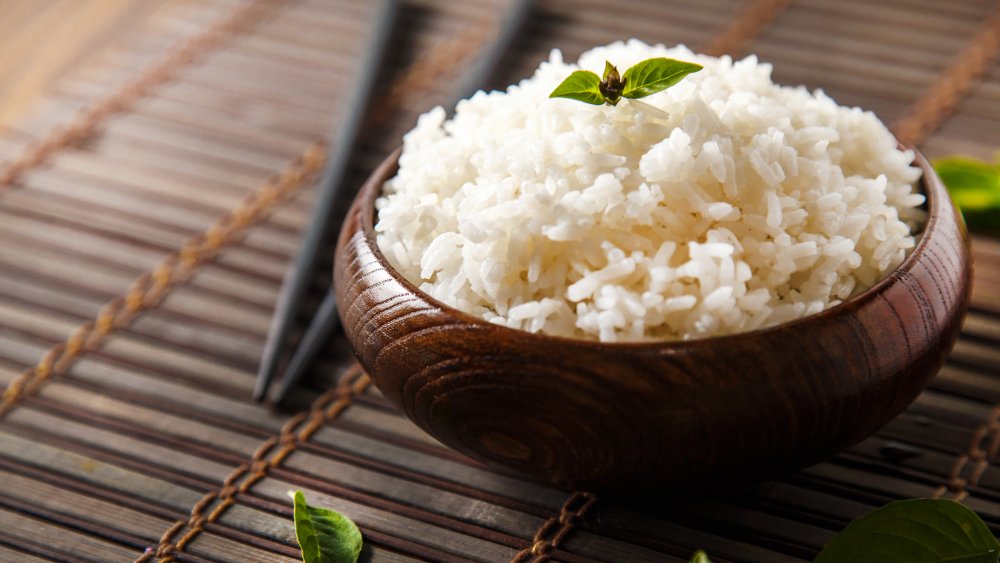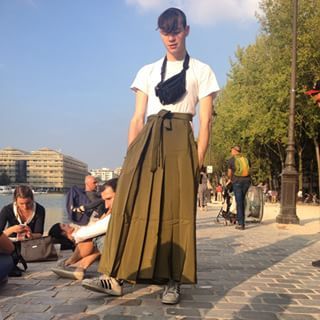Dyeing Shoes: A Simple And Affordable Way To Refresh Your Footwear

Are you looking to give your old shoes a new colour or pattern? Or simply want to give its old colour new life again? Then shoe dye is a great option! It is a type of dye specifically made for shoes, which can transform your footwear in just a few simple steps. Are you ready to learn more about shoe dye? Then read on!
What is shoe dye?
Shoe dye is usually a combination of alcohol and dye, a formula which allows it to penetrate the fibres of the shoe and give it an even colour. With shoe dye, you can easily change the colour of your shoes, cover scuffs and scratches, and even create unique patterns and use multiple colours to add extra effect to your shoes.
Shoe dye can be used on many different materials, including leather, suede, canvas and synthetic fabrics. It can be easily applied to all parts of the shoe, including the sole and even the laces. This is ideal if you wish to dye the entire shoe, to create a cohesive and striking look. This can make the world of difference even if you simply want to give an old pair of white trainers a new coat.
What can shoe dye do?
Are you looking for ways to make your shoes stand out? Not only is it easy to change the colour of your shoes, but you can also create a gradient look. Use one colour at the end of the shoe, and lighten it gradually until the shoe has a different colour on the other end! This method is easy, unique, and creative.
Shoe dye is also an effective way to cover up scuffs and scratches on your shoes. By dyeing over these areas, you can quickly and easily give your shoes a new look and protect them from further damage. This is especially useful for shoes that you wear often, like work shoes or everyday trainers.
Using shoe dye is a great way to personalize your shoes and make them unique to your style. You can experiment with different colours and finishes, such as matte or glossy, to create a look that is all your own. Whether you’re looking to create a subtle change or a bold statement, shoe dye can help you achieve the perfect look for your footwear.
Types of shoes that can be dyed
- Leather shoes: Leather shoes are the most commonly dyed type of shoe, as leather is a natural material that readily absorbs dye. Whether you have leather dress shoes, boots, or the latest trendy sneakers, you can use shoe dye to give them a fresh new look.
- Suede shoes: Suede is a type of leather with a fuzzy texture that can be a bit more challenging to dye. However, specialized suede dye can be used to give your suede shoes a new lease on life.
- Canvas shoes: Canvas shoes are a popular type of casual footwear, and they can also be dyed to change their colour or cover up stains and scuffs. Keep in mind that the colour of the dye may be more muted on canvas than on leather.
- Synthetic shoes: Synthetic shoes, such as those made from nylon or polyester, can also be dyed. However, the results may not be as vibrant as with natural materials like leather and suede.
- Athletic shoes: Many athletic shoes are made from synthetic materials, but they can still be dyed. However, keep in mind that the dye may not adhere as well to areas of the shoe that are subjected to heavy wear and tear.
Overall, shoe dye can be used on a wide variety of shoe materials and types, making it a versatile and accessible solution for anyone looking to update their footwear. Even more, shoe dye is in itself an ancient art, with a rich and multicultural history – so what better way to honour the past than giving your footwear a new look using ancient techniques?
Benefits of using shoe dye
Using shoe dye has several benefits. First and foremost, it’s an affordable way to update your shoes. Instead of buying new shoes, you can simply dye your existing footwear and give it a new lease on life. Additionally, shoe dye is a sustainable option that can help you extend the lifespan of your shoes. By dyeing them, you can cover up scuffs and scratches and protect them from future damage. Finally, using shoe dye is a DIY-friendly project that doesn’t require any special skills or tools. With a little bit of practice, you can achieve a professional-looking finish on your own.
Disadvantages of using shoe dye
While there are many benefits to using shoe dye, there are also a few potential drawbacks. For example, shoe dye can be messy, and it’s important to protect your work area and wear gloves to avoid staining your hands. Additionally, if you’re not careful, shoe dye can leave streaks or uneven spots on your shoes. Finally, it’s important to note that shoe dye may not be able to cover up certain types of damage, such as deep scuffs or tears in the material.
In conclusion, using shoe dye is a great way to update your footwear without breaking the bank. It’s an affordable, sustainable, and creative solution that can help you achieve a fresh new look for your shoes. While there are some potential drawbacks to using shoe dye, such as messiness and uneven coverage, these can be mitigated with the right tools and techniques. Overall, shoe dye is a great option for anyone who wants to refresh their footwear and try out new colour combinations, and it’s an easy and accessible DIY project that anyone can try.



































